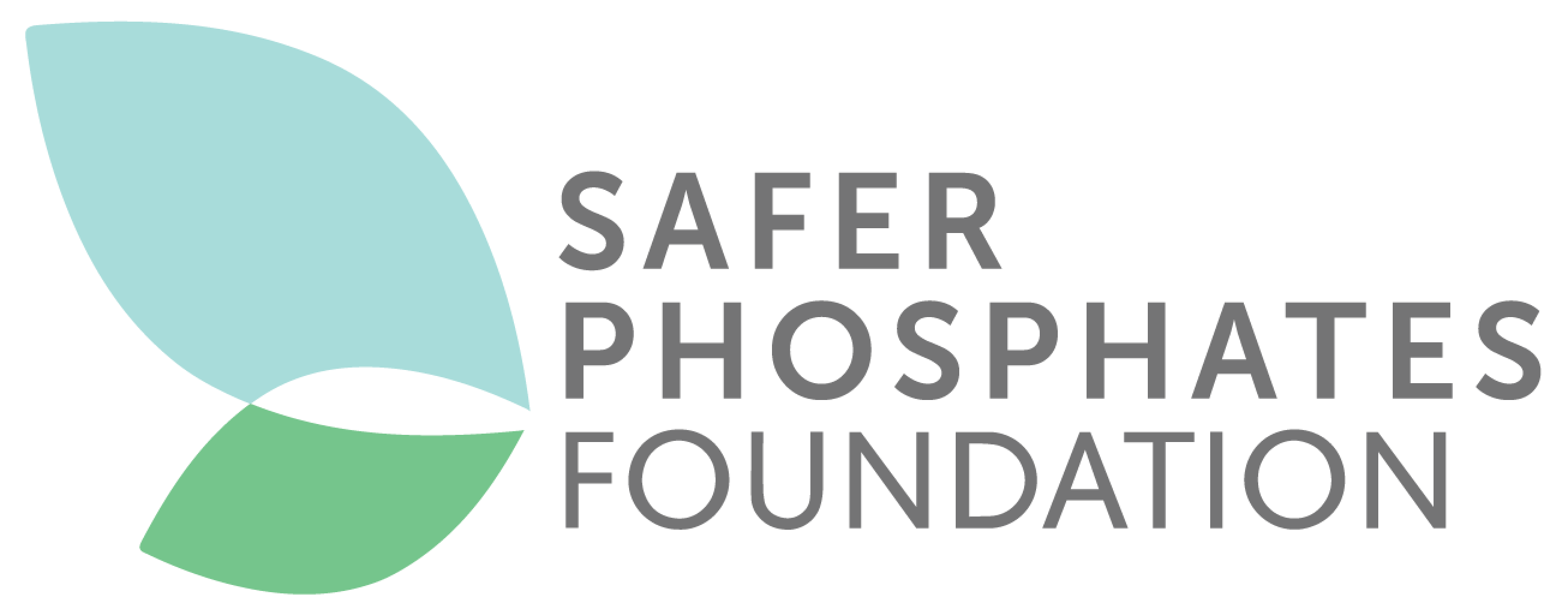Looking at the phosphate value chain, from mine to table, around 4-5 million tonnes of P2O5 is made available in Europe annually. Less than 10% of the product – whether it be phosphate rock, phosphoric acid or finished product – is originally sourced from within the EU-borders. The remainder is supplied from Morocco, Russia, Israel, Tunisia, Algeria and a selection of other countries.
Considering the original source of raw material, the manufacturing process and available RESEARCH INTO CONTAMINANTS, the weighted average content of fertiliser available across the EU-28 is estimated at 31 mg Cd/Kg P2O5. Around half of the total product falls within the 20 mg Cd/Kg P2O5 limit, while only 12% breaches the 6o mg Cd/Kg P2O5 limit.
Product stemming from parts of North and West Africa tend to have the highest cadmium concentrations. Some of these operations are believed to be enjoying a good profit margin over their cost. For example, the phosphate rock cost in Morocco has been estimated between US$20-30/tonne (free on board, 68-72% BPL), and may fall in the coming years, due to operational improvement/modernization efforts. Meanwhile, corresponding prices have averaged between 90-150/tonne over the past five years. With such good margins on raw materials supplies, it seems that the extra cost of decadmiation could be absorbed by manufacturers without having to raise final product prices.
Alternatively, the EU could also choose to review its phosphate fertiliser import tariff position. Currently Chinese, US, Russian and Saudi Arabian suppliers are all subject to a 6.5% import tariff on ammoniated phosphate supplies into Europe. Depending on prices, this could add US$15-30/tonne of extra cost to the final product. Removing this would make Europe more accessible for a number of low-cost, low-cadmium suppliers, benefitting farmers in the long term.

